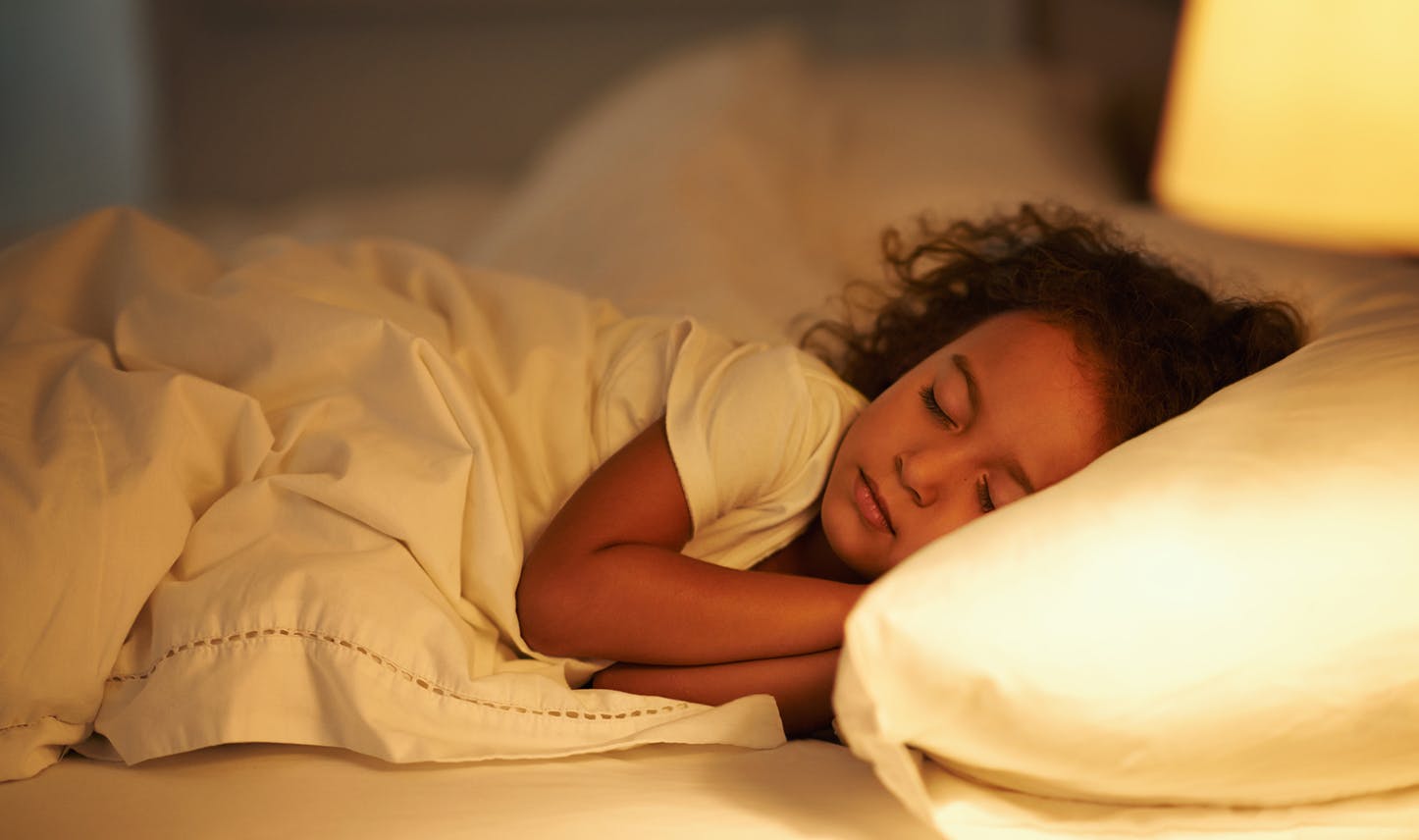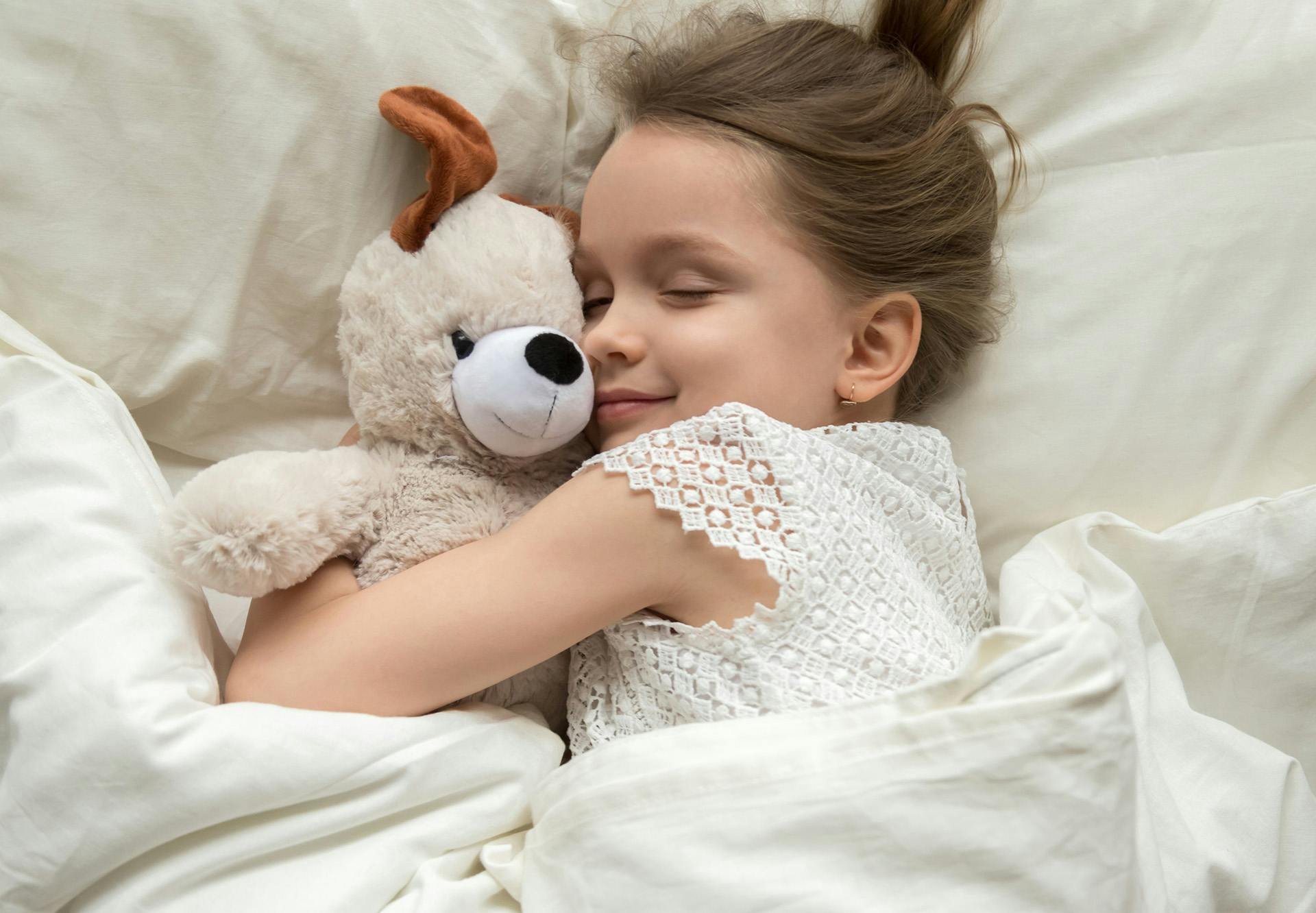Sleep apnea in children is a sleep disorder characterized by recurrent interruptions in breathing during sleep, leading to compromised sleep quality, daytime fatigue, and potential health concerns. Recognizing signs such as snoring, breathing pauses, and restless sleep is crucial, and any occurrence of snoring in children warrants a consultation for proper evaluation and care.
Types of sleep apnea in children
Obstructive Sleep Apnea (OSA): Similar to adults, OSA is the most common type in children. It occurs when the airway becomes partially or completely blocked, often due to enlarged tonsils or adenoids. An important takeaway, if you have your child's tonsils and adenoids removed, is to track their nasal breathing, which is commonly neglected.
Central Sleep Apnea (CSA): This is less common and involves the central nervous system failing to signal the muscles that control breathing during sleep.






